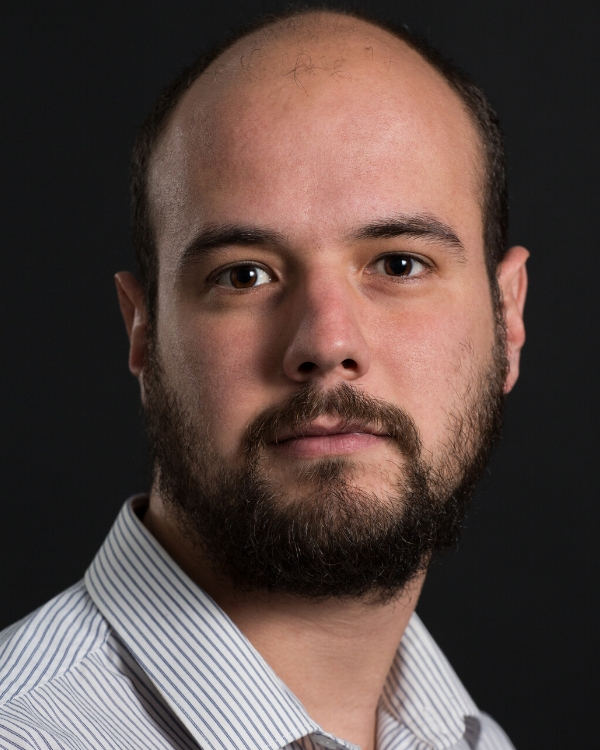
The Casimir Force is a well-known effect originating from the quantum fluctuation of electromagnetic fields in a vacuum. Now an international group of researchers have reported a counterpoint to that theory, adding to the understanding of energy fluctuations within fluids.
Ultimately, said Rodolfo Ostilla-Mónico, the goal is to apply the findings to better understand the collective behavior of bacteria and other organisms. Ostilla-Mónico, assistant professor of mechanical engineering at the University of Houston, is co-corresponding author of a paper describing the discovery, published Friday in Science Advances.
The customary effect of the Casimir Force is well understood, Ostilla-Mónico said. "This is an analog to this force in a non-quantum system. We are especially interested in the biological implications."
In addition to Ostilla-Mónico, researchers involved in the project include Daniel Putt, a graduate student at UH; Vamsi Spandan from Harvard University; and Alpha A. Lee of the University of Cambridge.
The work builds upon the Casimir Force, one of the governing principles of physics which describes a force arising from the unending electromagnetic waves found in a vacuum. It suggests that a vacuum, rather than being empty, is filled with energy, and this is demonstrated by measuring the force as two plates placed in the vacuum are attracted and move closer to one another because they confine the fluctuations of the electromagnetic field. Dutch physicist Hendrick Casimir first predicted the effect in 1948.
The current work similarly focused on the study of fluctuation-induced force between two plates; in this case the plates were immersed in isotropic turbulence, a scenario in which turbulent fluctuations are the same in all directions. It was designed to illustrate how hydrodynamic turbulence generates force between objects even when the flow has no preferred direction.
The work, the researchers wrote, "sheds light on how length scale-dependent distributions of energy and high-intensity vortex structures determine Casimir forces."
Ostilla-Mónico said they were able to quantify that Casimir forces depend on specific parameters, including turbulence and positioning of the plates.
The findings have implications for micro and nanomanufacturing, but Ostilla-Mónico said the work grew out of the researchers' interest in learning more about the behavior of bacteria. Bacteria are more complex to study, even computationally, but they determined that the study of turbulence would offer some parallels, because both continuously consume energy and generate similar flow fields.
"Turbulence needs energy to keep going," he said. "Bacteria need to be constantly fed in order to keep moving."






